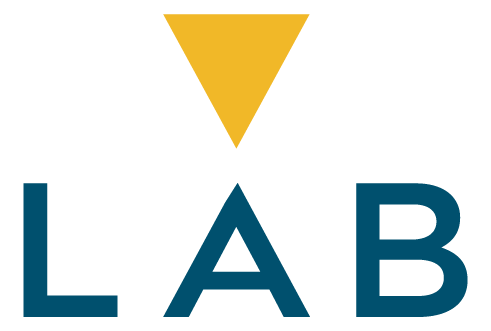LAB Group was the official FinTech sponsor at the Australian Business Banking Summit, an annual event that brings together the top leaders and innovators within the business banking sector.
The LABform business banking customer on-boarding process was demonstrated in the first live demo ever at the summit. Delegates saw how LABform has reduced fulfillment of a complex business banking account to an average of just 3 days, compared to a lengthy 16 days and how rework rates were reduced by 15%.
There were a couple of interesting questions that were put to us after the demonstration which I have addressed below:
Is LAB Group seeing any new challenges in the market from Common Reporting Standards (CRS)?
This is a broad question and therefore 4 areas will be included in our response:
Onboarding
Getting on-boarding data capture ready in time for new CRS adopters is still a challenge. There are multiple reasons for this – local law and guidance not finalized, systems cannot be uplifted in time to capture CRS information, merging with FATCA information already collected is a difficult task. As Financial Services Council (FSC) members, LAB Group has solved this by implementing one solution where the approach has consensus across a number of financial services providers; so anyone on LABform was universally upgraded onto the CRS on-boarding module for the 1st July 2017 deadline.
The CRS obligation is at a new account level which means the CRS tax residency questions need to get asked each time for a new account. This has made it even more important to digitise a CRS solution when on-boarding high value/net worth individuals and companies onto new accounts that the organisation may have already dealt with.
Capturing CRS information is not part of some account application forms (think about Entities especially!), which means that it isn’t a seamless experience for customers. And therefore relationship managers tend to create a big fuss about CRS – it’s not revenue generating and it slows down the on-boarding process if it isn’t done well.
Due Diligence
Achieving a single customer view is a challenge for most large corporations. This is due to disparate systems that don’t talk to each other thereby resulting in multiple records for the same customer. Single customer view is required for account level aggregations (to determine high value vs low value customers for example). Consolidating FATCA and CRS obligations is a challenge – this is important so that customers don’t get contacted multiple times to satisfy each obligation separately. Customer response rates to the due diligence related follow up (e.g. complete a self-certification) are low.
Reporting
CRS report submission is inherently complex because a customer may need to be reported across multiple jurisdictions at the same time. CRS reporting is on top of FATCA reporting which is an ongoing obligation since the US is not a CRS adopter. Data issues such as blank self-certifications (i.e. not received from the customer), account balance aggregation challenges make reporting difficult.
Governance
CRS does not have any attestation requirements like FATCA, however it makes sense to implement similar operational controls for CRS whilst the work is done for FATCA. Implementing controls for both regimes can be challenging due to obligation variances and local law & guidance variances.
Are these digital signatures legally binding on companies with more than one director? If yes, how did you solve it?
I was on an interesting panel discussion with Claire Wivell Plater, Managing Director at The Fold Legal at the 2016 Calastone Connect Forum (chaired by Robert Poulter, General Manager at NAB) on digital signing where there still seems to be a lot of confusion in the market over what is and isn’t acceptable so I am not surprised by questions like this as it comes up in a lot of sales meetings.
A company executing a document sometimes follows the Section 127(1) signing rules of the Corporations Act 2001 (Cth), e.g. if there are two directors of the company then the two directors or one of the directors and a company secretary will wet sign the document. Under the Electronic Transaction Act 1999 digital signatures for a company are legally binding but not in accordance with section 127 (as this requires a wet signature). If a document is signed in accordance with section 127 this means that the counterparty can assume that all relevant internal requirements of the company have been complied with.
However this does not prevent a company from digitally signing binding agreements, the counter party is just foregoing the benefits carried by signing under section 127. Due to this, it is common that the digital signature process follows the signing rules specified in Section 127(1) as this is good validation and practice (e.g. if only one director digitally signs, you would want to know that the director is the Sole Director & Company Secretary which means you would explicitly enforce this validation in the online forms process).
Where more than one director is required to sign, then LABform solves this by dispatching unique digital signatures to all the directors (that would usually be required to sign a paper form) and each of these directors are required to engage in the online process, review the information being submitted and enter their digital signature into the declarations and acknowledgements relevant to the agreement. Detailed auditing is performed for all unique users (e.g. Director 1 and Director 2) interacting with this digital signing workflow.


